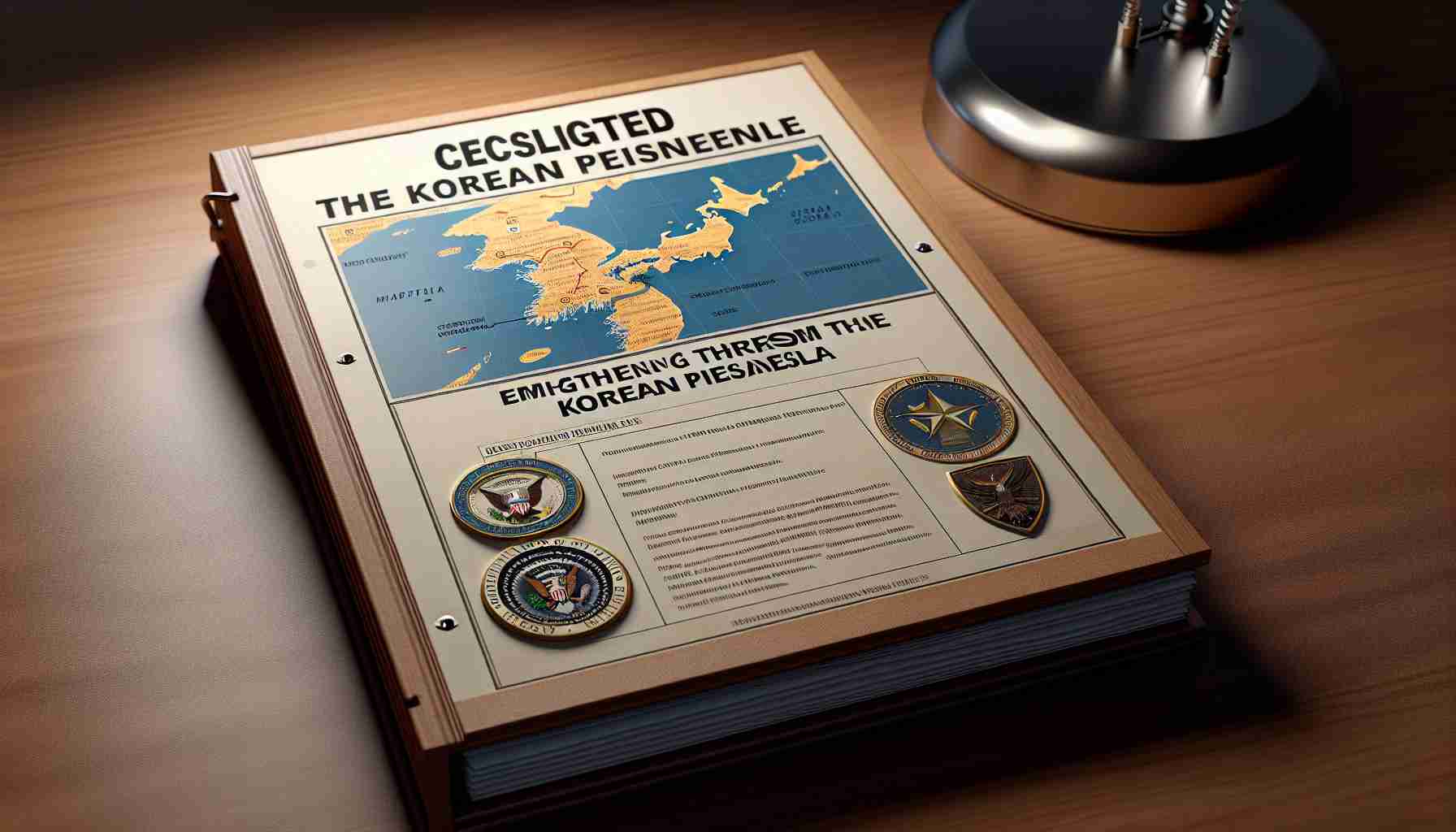In a notable display of military advancement, North Korea successfully conducted a test of its latest intercontinental ballistic missile (ICBM) on October 31. The missile, capable of reaching altitudes of nearly 4,800 miles (7,700 kilometers), underscores North Korea’s ongoing efforts to develop a formidable arsenal that can target adversaries far beyond its borders. This weapon, known as the Hwasong-19, boasts a potential range of up to 9,320 miles (15,000 kilometers), essentially putting every part of the United States within its striking distance. Its size and capabilities mark it as one of the largest ICBMs globally, positioning North Korea among the world’s major nuclear powers.
The test comes at a particularly intriguing time as North Korea strengthens its ties with Russia, evidenced by the deployment of approximately 10,000 troops to support Russian military initiatives in Ukraine. This growing partnership between the two nations raises questions around possible exchanges of technology and resources. Analysts speculate that North Korea may leverage its military support for access to advanced technologies, especially in domains like tactical nuclear weapons and satellite reconnaissance.
As the geopolitical landscape continues to shift with increasing complexity, North Korea’s missile developments highlight an urgent need for international awareness and strategic responses to potential threats emanating from the regime.
FAQ Section
What recent military advancement has North Korea achieved?
North Korea successfully conducted a test of its latest intercontinental ballistic missile (ICBM) known as the Hwasong-19 on October 31.
What is the capability of the Hwasong-19 missile?
The Hwasong-19 missile can reach altitudes up to nearly 4,800 miles (7,700 kilometers) and has a potential range of approximately 9,320 miles (15,000 kilometers), putting every part of the United States within striking distance.
How does the size of the Hwasong-19 compare to other ICBMs?
The Hwasong-19 is regarded as one of the largest ICBMs globally, affirming North Korea’s status among the world’s major nuclear powers.
What are the implications of North Korea’s missile test on international relations?
The missile test highlights the ongoing evolution and enhancement of North Korea’s military capabilities, raising concerns regarding potential threats and the need for strategic international responses.
What recent developments are occurring between North Korea and Russia?
North Korea has strengthened its ties with Russia, evidenced by the deployment of approximately 10,000 troops to support Russian military initiatives in Ukraine, suggesting a potential exchange of military technology and resources between the two countries.
Why is there concern about North Korea’s military advancements?
North Korea’s developments in missile technology and its growing partnership with Russia raise alarm about the possible exchange of advanced technologies, particularly in tactical nuclear weapons and satellite reconnaissance, and indicate an urgent need for global awareness and strategic responses to these threats.
Key Terms and Jargon
– **Intercontinental Ballistic Missile (ICBM)**: A long-range missile that can travel between continents, capable of delivering nuclear or conventional warheads.
– **Hwasong-19**: The specific intercontinental ballistic missile developed by North Korea, notable for its range and capabilities.
– **Tactical Nuclear Weapons**: Nuclear weapons designed for use on the battlefield in military situations, aimed at more localized military goals rather than strategic targets.
– **Satellite Reconnaissance**: The use of satellite technology to gather information about activities on the ground, often employed for military and intelligence purposes.
Suggested Related Links
– U.S. Department of Defense
– NATO
– United Nations
